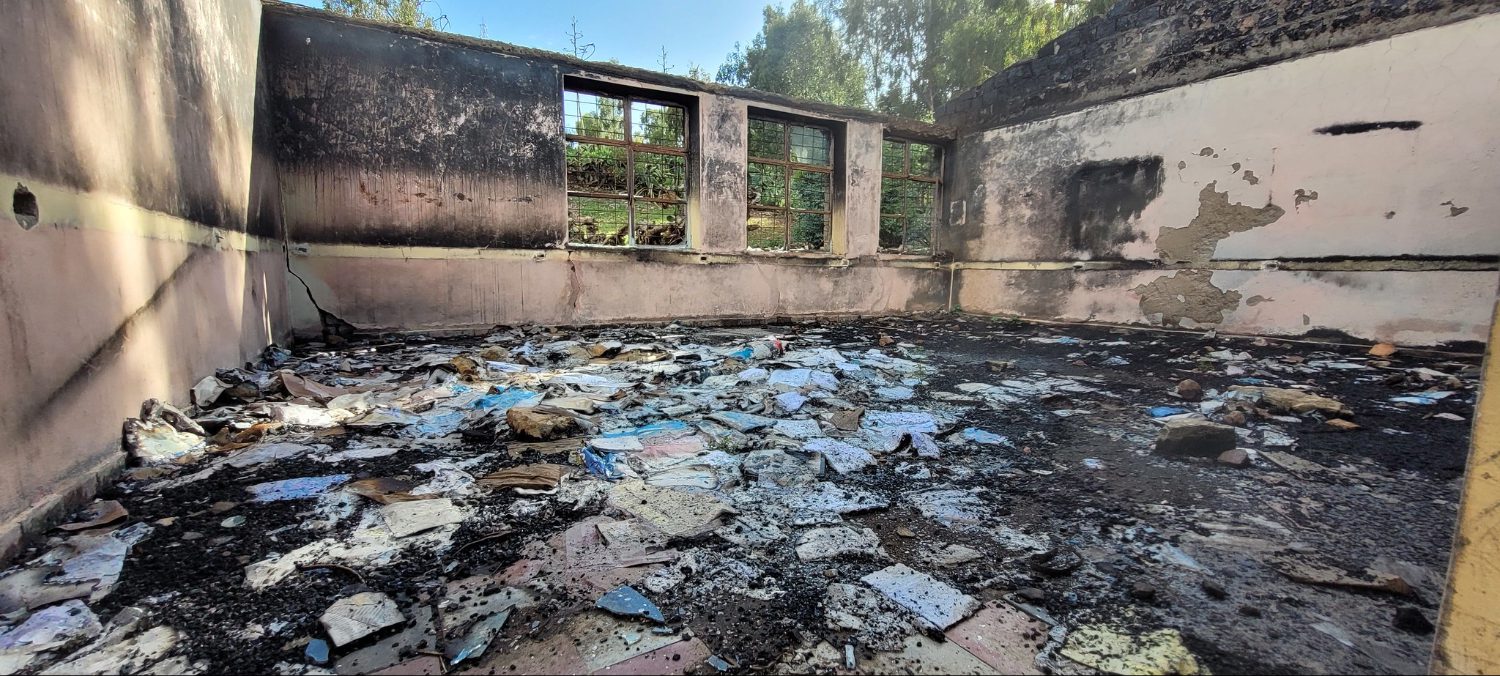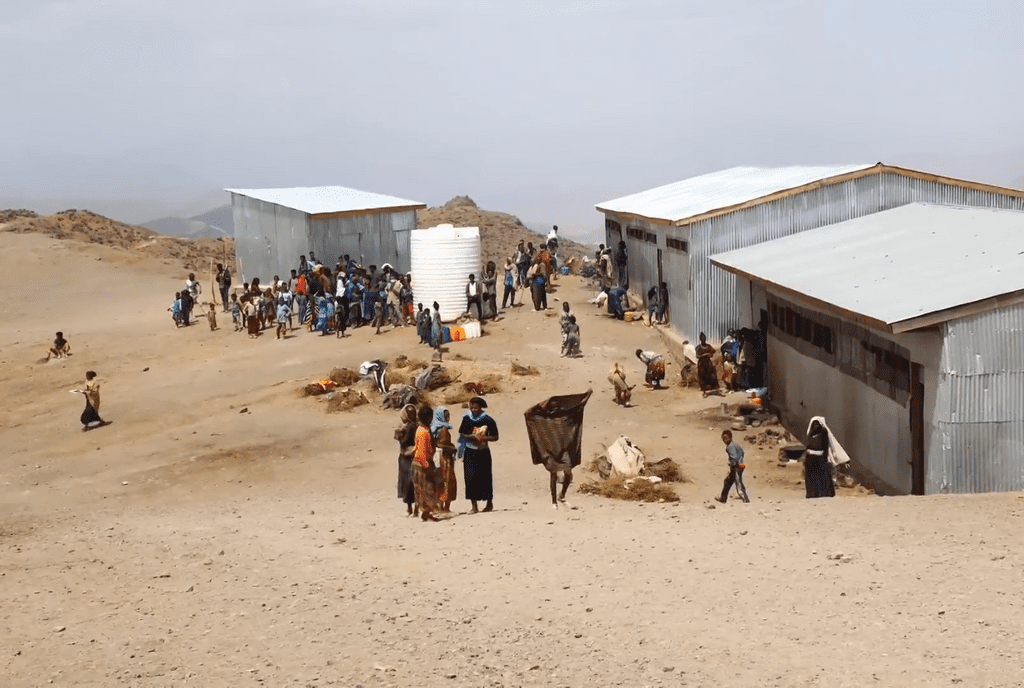The current issue of African Security Review includes several papers that developed out of research from the World Peace Foundation’s African Peace Missions research program, directed by Mulugeta Gebehiwot Berhe. The articles in this issue are open access, and we will be posting key excerpts from each on this blog. The African Peace Missions program culminated in a report submitted to the African Union, African Politics, African Peace, that charts an agenda for peace in Africa, focusing on how the African Union can implement its norms and use its instruments to prevent and resolve armed conflicts.
Below is an excerpt from “Transitions from war to peace: the Ethiopian disarmament, demobilization and reintegration experience,” by Mulugeta Gebehiwot Berhe.
The Ethiopian disarmament, demobilisation and reintegration (DDR) programme (1991–1997) is an understudied example of success. The scholarly literature that does address this topic tends to focus solely on technical aspects and impact assessment. The present paper offers a comprehensive review of the rationale, principles, design, implementation and outcomes of the programme in the context of the transition from war to peace. While the paper references some secondary studies, it draws heavily on my own memories and experiences of serving as the head of the programme from its design through to its conclusion.
The Ethiopian experience took place during the same time period that several other African countries were implementing DDR programmes to demobilise tens of thousands of soldiers: Mozambique (90 000 soldiers from both government and Resistencia Nacional Mocambiçana (RENAMO)); Eritrea (over 48 000 fighters from the Eritrean People’s Liberation Front); Uganda (over 36 000 soldiers from the Ugandan defence forces); and Namibia (over 43 000 former soldiers and insurgents, while preparing to demobilise an additional 75 000 soldiers from its army). The Ethiopian DDR programme dwarfed these other experiences, involving close to half a million former soldiers and combatants, including over 400 000 of the soldiers in Mengistu’s army who were demobilised in 1991. During 1992–4, another 50 000 and 21 200 from the Ethiopian People’s Revolutionary Democratic Front (EPRDF) army and the Oromo Liberation Front (OLF), respectively, were added to the DDR programme.
This paper has three sections. The first section looks into the broader challenges of transition from war to peace and outlines the response designed by the transitional government of Ethiopia. The second section discusses the DDR experience and chronicles the rationale, strategies, programme design and implementation of the programme. The third section draws lessons from the Ethiopian experience that applies to other cases. The main limitation of this paper is that it is based on my own lived experiences and memories as a key actor in the process, as there are few recorded studies on the experience.


